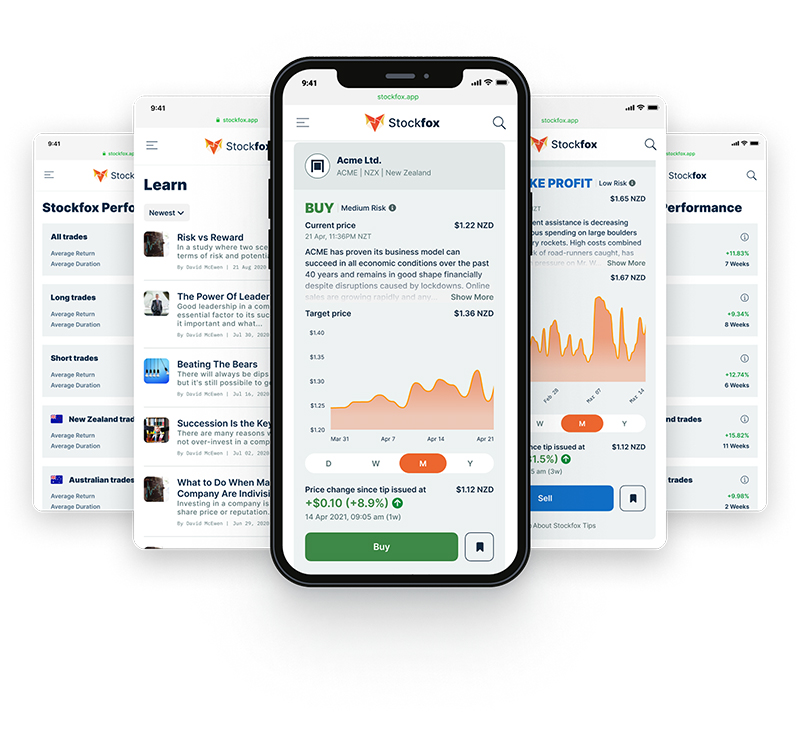Sometimes the best computer is a tablet
For many people a tablet computer with detachable keyboard can be a better choice than a laptop. Bill Bennett explains how to find one that’s right for your business needs.
For many people a tablet computer with detachable keyboard can be a better choice than a laptop. While tablets are popular for relaxing, playing games and reading or watching videos, they can also be great work tools. Bill Bennett explains how to find one that’s right for your business needs.
Tablets can be as powerful as conventional laptops but are slimmer and lighter. That makes them easier to carry and use while on the move. The smallest tablets can be used one-handed like a phone. Even when you are working two-handed with a bigger tablet, you can still comfortably work on the screen while standing – that’s possible, but clumsy, on a laptop and there’s always the chance you’ll drop it.
You can view tablets in portrait mode, where the screen is longer top to bottom, like a phone. This is perfect for reading websites, electronic magazines or documents. It’s also the best way to work while standing.
Or you can turn the tablet 90 degrees into landscape mode, where the screen is wider – just like a laptop. This is best for watching videos or playing games and is more suitable when you are seated.
Most tablets can be paired with a detachable keyboard to make them more laptop-like. Tablet manufacturers sell matching keyboards for most models, but there’s a thriving market in third-party keyboards to give you plenty of options. Usually, a keyboard will double as a cover to protect the screen. If you don’t need to use a keyboard a separate cover is a good idea as screens can get scratched or broken when you are out and about.
Family affairs
There are three distinct tablet families. Android, iPad and Windows.
Android tablets can be inexpensive. Prices start at around $200 for a basic, small-screen model. However, if you choose the most upmarket Samsung Galaxy Tab models you can pay $2300 for the basic unit and another $260 for the matching keyboard.
The cheaper Android tablets are great for kids. They do a fine job with web surfing or playing media. They are mainly for consumption although you can use them to run business apps like Google Docs or Xero. At their simplest they are like working with a very large-screen phone.
Extra money buys a better quality and larger screen, faster processor, more storage and more connection options. The top Samsung tablets have a pen option and can work on 5G mobile networks. While the less expensive Android tablets can feel ‘cheap’, the upmarket ones are on a par with iPads and the best Windows tablets.
If money is no object, then you might also consider a folding phone. Models like the Samsung Galaxy Z Fold 3 can fit in a pocket but open out to give you a network-connected 7.6-inch screen Android tablet. Prices start at $2700 for a model with 256GB of storage.
iPad options
Apple’s iPad is the best-known tablet brand. Prices start at around $550. For that money you’ll get a tablet with a decent 10-inch screen. It won’t have a slot for a SIM card, so you will need to find a Wi-Fi connection to connect the iPad to the Internet. The smaller iPad mini has an 8-inch screen and may fit in your pocket, if you have one that’s large enough.
At the top end of Apple’s range, you could pay a little over $4000 for an iPad Pro with a 12.9-inch screen, a SIM slot and a whopping 2TB of storage. It’s more powerful than almost everything except the latest Apple MacBook Pro laptops. If you pay extra for the optional keyboard, the most expensive model will take your total outlay close to $5000.
While there are many Android apps, the iPad range is far bigger and, overall, better quality. Some Android tablet apps are poor conversions from phone apps, and a few are downright flaky. Apple does a better job of managing its app store.
Although Android fans might disagree, most people find the iPad’s software easier to use. It’s cleaner and more intuitive. The downside is that it’s difficult to have multiple users on a single iPad and it can be tricky at times moving files between apps.
Android tablets are not much better at moving files between apps, but do allow multiple log-ins. That means you can share Android apps between staff members.
Beneath the Surface
Models in Microsoft’s Surface range are the most laptop-like of all tablets. In fact, the Surface brand extends beyond tablets into conventional laptops. The most expensive Surface laptop on sale in New Zealand today is the Surface Laptop Studio with a 14-inch screen and an attached keyboard that’s included in the nosebleed $5400 price.
The key point about Surface tablets, however, is they run Microsoft Windows. That means you can use any Windows application. It also means the software is instantly familiar to anyone who has used a Windows computer.
There are Windows tablets from other computer makers too – the best models are from brands like Lenovo and Dell.
Tradies might also consider the ruggedised Panasonic Toughbook which is built to take knocks.
Hardly anyone buys a Windows tablet without spending extra on a keyboard, which, in effect blurs the distinction between tablet and laptop. A top-of-the-line Surface Pro 8 with large screen, keyboard, 1TB of storage and stylus weighs in at $4300.
You don’t need to spend that kind of money for a good work tablet. A ten-inch screen is enough for most people. The high-end storage options are only necessary if you store libraries of videos or music. That said, 64GB isn’t enough for serious work. Get at least 128GB, preferably 256GB. Likewise, you probably don’t need a SIM card slot, most likely you’ll either be near Wi-Fi or can tether your tablet to your phone.
Watch that price
A tablet from Apple, Samsung or Microsoft with the aforementioned basic specification will cost a fraction over $1000 by the time you’ve added a keyboard. In this part of the market, Apple has the most competitive price. A 256GB iPad with the Smart Keyboard is $1078. The nearest equivalent from Microsoft would be the Surface Go at around $1300, but it only has 128GB of storage.
Samsung’s $1200 Galaxy Tab S7 has even less storage, just 64GB, but allows you to add your own Micro SD cards.
Bill Bennett is an Auckland-based business IT writer and commentator. Email [email protected]



